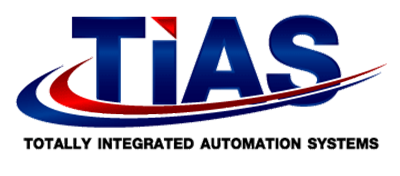Airport Technology
Airport Technology
Airport Technology
Airports have exploited innovation to improve the traveller experience, improve security and position themselves as retailers. In the present day and age, the new universe of automation and man-made brainpower regularly guarantees advancement, improvement or refinement over customary innovation. Airport Technologies have practical experience in the improvement, structure, production, establishment and adjusting of an expansive scope of creative, best in class things taking care of frameworks and parts appropriate for little local ports directly through to enormous International Airports taking care of 20-30 million travellers each year. Manufacturing, controlling plans and field bolsters capacities that are altogether contained inside airport technologies.
TIA Systems has built an accomplished, independent capacity to deal with huge, complex initiatives from idea advancement and re-enactment through creation, framework establishment, dispatching pursued by task and upkeep. There is a recognized requirement for institutionalization in the improvement of new frameworks. For instance, RFID principles for freight data must be characterized at three dimensions - consolidated unit cargo, home airway bill and house airway bill in request to encourage automation for cargo movement. There is additionally a need to set up interface prerequisites among existing and arranged frameworks to encourage data and traffic streams between a port framework; its neighbourhood cargo system, leeway specialists where suitable, and eventually systems at different ports.

The job of the airport technology service in this regard is to facilitate framework improvement, regardless of whether the airport service does not itself give the freight system. A fruitful automation system empowers ports, just as different gatherings to accomplish a more effective utilization of physical limit by the righteousness of a quicker amount of global load. This makes air freight progressively focused in examination with different modes and prompts the delay of capital intensive alternatives.
02 September 2020
Viewed 2976 times

